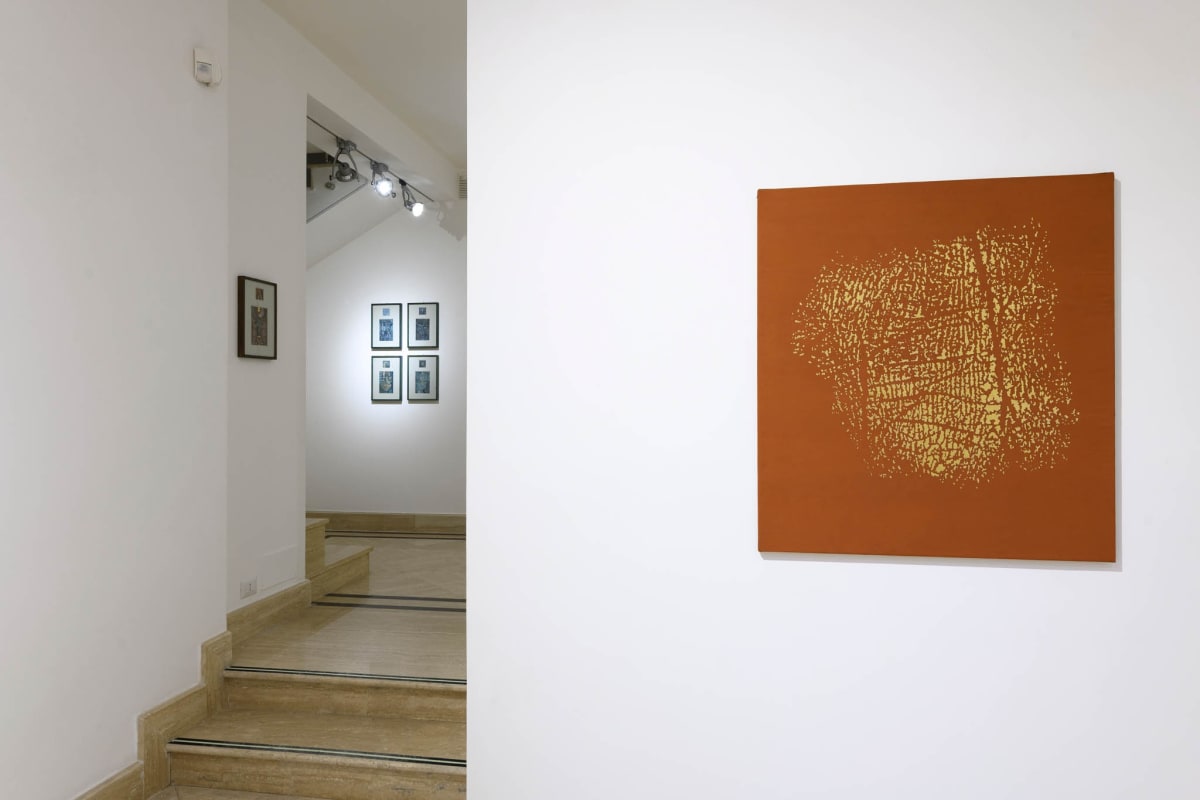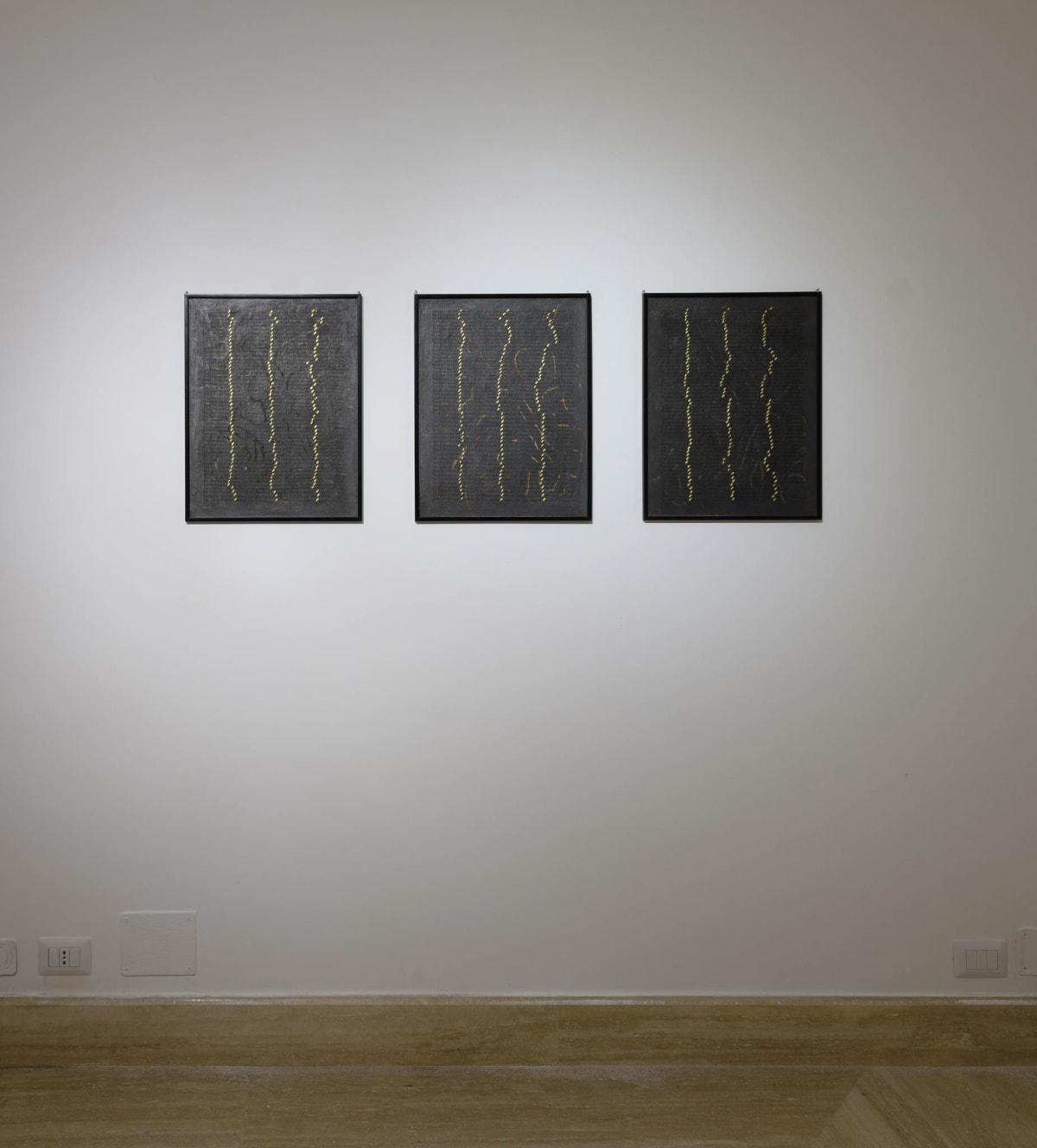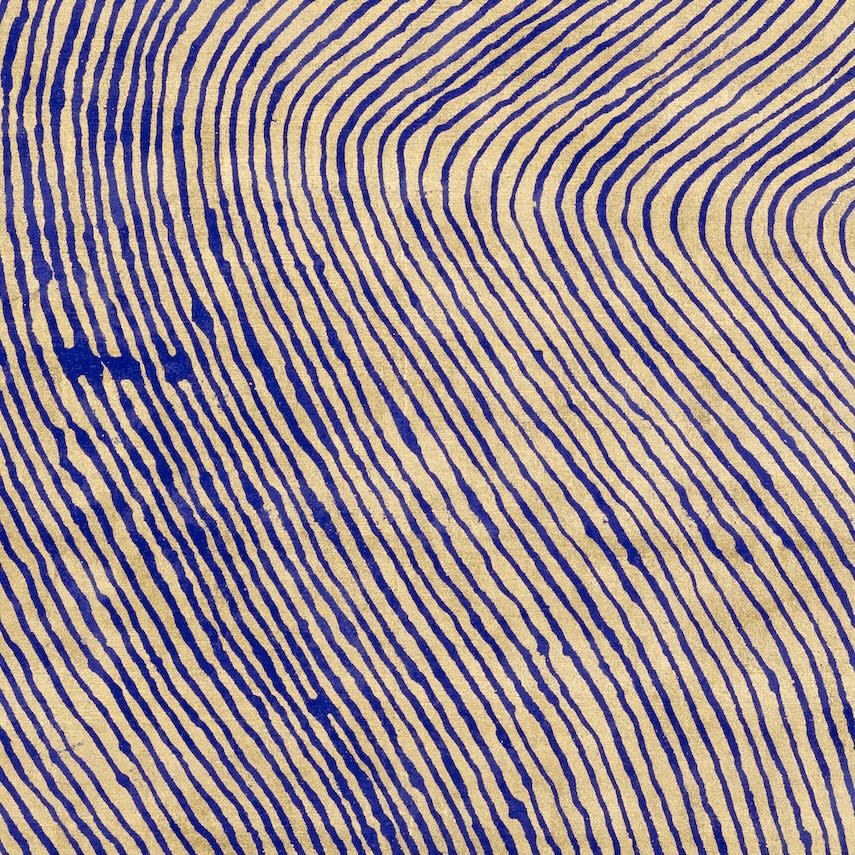Greta Schödl: 70 Anni di Lavoro (70 Years of Work)
Opening: Thursday, 7 November | 6-8pm
EN:
Richard Saltoun Gallery presents Greta Schödl: 70 Years of Work, dedicated to the pioneering Austria-born, Bologna-based artist, in anticipation of her solo exhibition at Phileas - The Austrian Office for Contemporary Art in Vienna, opening January 2025, and following her inclusion in this year’s Venice Biennale. This marks her second participation in the Biennale following its 38th edition in 1978.
Schödl is considered one of the most significant living artists working in the field of visual poetry (Poesia Visiva), with a practice spanning over seven decades that continues to redefine the relationship between language, material, and meaning. On the occasion of the exhibition, the gallery has produced a new special limited edition of 20 prints by the artist, entitled Animali Fantastici, printed by Litografia Bulla in Rome.
Born in Hollabrunn, Austria, Schödl trained at the Academy of Arts in Vienna before moving to Italy in the late 1950s, where she has lived and worked ever since, developing a distinctive visual language that deconstructs text and blurs the boundaries between writing, abstraction, and symbolic iconography. Her mythical compositions incorporate obsessively repeated letters and symbols, often rendered abstract through their intensity. Curator of the 38th Venice Biennale, Mirella Bentivoglio wrote:
“The verbal element is the chorus, not the protagonist. The artist’s instrumental method is not the writing of the word, but the writing of the line composed of iterated words. Through compulsive repetition, our attention goes to the linearity embodied by the ordered pattern of weaving. Texture, then, has to be conceived as a definition of horizontal elements, and as a plot.”
Using materials such as gold leaf, embroidery, and layers of text on surfaces like handmade paper, books, personal letters, and domestic objects—ironing boards, pillowcases—Schödl bridges the personal and the universal. Her works that challenge the boundaries between text and image, asserting personal identity while commenting on the constraints and possibilities of language itself.
Among the key highlights of the exhibition is Firenze 1966, a work that exemplifies Schödl’s ability to transform everyday materials into profound reflections on time, memory, and history. This piece was created from salvaged curtains that once protected furniture during the catastrophic 1966 flood in Florence, which devastated the city. The curtains themselves were remnants of a furniture shop owned by Schödl’s then husband, Dino Gavina, which had been ruined by the flood. For Schödl, these otherwise discarded materials became vehicles for exploring the overlooked narratives of the past. The application of gold leaf—delicately applied to the fabric—heightens the work’s symbolic resonance, transforming the once-utilitarian curtains into precious objects, laden with historical meaning, challenging the viewer to reconsider the boundaries between the mundane and the monumental.
The exhibition also includes works from Schödl’s recent marble sculptures, as shown in Venice. Traditionally associated with classical ideals of beauty and permanence, marble is reinterpreted by Schödl through the lens of her distinctive visual poetry. Rather than carving the material, she inscribes its surface with repeated text, transforming the stone into a canvas for language. Schödl describes her approach as “clothing the surface with its name,” using writing as a metaphorical layer that both conceals and reveals the stone’s significance.
In her marble works, the inscribed text becomes abstract through repetition, allowing the material to transcend its traditional associations. The marble, a durable and precious material, becomes an intimate surface for personal reflection, transformed by Schödl’s feminist reinterpretation into something both fragile and enduring, finding a balance between the permanence of stone and the ephemerality of language.
Throughout her career, Schödl has consistently challenged conventional narratives surrounding language, history, and gender. Now in her nineties, she continues to work from her studio in Bologna. This comprehensive survey showcases the full breadth of her visionary work, and reaffirms her position within the canon of 20th and 21st-century Visual Poetry.
La Richard Saltoun Gallery presenta Greta Schödl: 70 Years of Work, dedicata alla pionieristica artista bolognese di origine austriaca, in vista della sua mostra personale presso Phileas - The Austrian Office for Contemporary Art di Vienna, che aprirà nel gennaio 2025, e dopo la sua partecipazione alla Biennale di Venezia di quest'anno. Si tratta della sua seconda partecipazione alla Biennale dopo la 38a edizione del 1978.
Schödl è considerata una dei più significativi artisti viventi che operano nel campo della Poesia Visiva, con una pratica che si estende da oltre sette decenni e che continua a ridefinire il rapporto tra linguaggio, materia e significato. In occasione della mostra, la galleria ha prodotto una nuova edizione speciale limitata di 20 stampe dell'artista, intitolata Animali Fantastici, stampata dalla Litografia Bulla di Roma.
Nata a Hollabrunn, in Austria, Schödl si è formata all'Accademia delle Arti di Vienna prima di trasferirsi in Italia alla fine degli anni Cinquanta, dove vive e lavora da allora, sviluppando un linguaggio visivo distintivo che decostruisce il testo e sfuma i confini tra scrittura, astrazione e iconografia simbolica. Le sue composizioni mitiche incorporano lettere e simboli ripetuti ossessivamente, spesso resi astratti dalla loro intensità. La nota artista e curatrice italiana Mirella Bentivoglio ha scritto:
“L’elemento verbale per la Schödl è coro, non protagonista. Strumento di questa artista non è la scrittura della parola, bensì la scrittura della riga composta di parole iterate. L’attenzione viene spostata sulla linearità mediante la monotonia della ripetizione che s’identifica nell’ordinata costruzione di una trama. Trama come definizione di elementi orizzontali, e trama come racconto.”
Utilizzando materiali come la foglia oro, il ricamo e strati di testo su superfici come carta fatta a mano, libri, lettere personali e oggetti domestici (assi da stiro, federe), Schödl crea un ponte tra il personale e l'universale. Le sue opere sfidano i confini tra testo e immagine, affermando l'identità personale e commentando i limiti e le possibilità del linguaggio stesso.
Tra i pezzi più significativi della mostra c'è Firenze 1966, un'opera che esemplifica la capacità di Schödl di trasformare materiali quotidiani in profonde riflessioni sul tempo, la memoria e la storia. L'opera è stata realizzata con tende di recupero che un tempo proteggevano i mobili durante la catastrofica alluvione di Firenze del 1966, che devastò la città. Le tende stesse erano i resti di un negozio di mobili di proprietà dell'allora marito di Schödl, Dino Gavina, che era stato rovinato dall'alluvione. Per Schödl, questi materiali altrimenti scartati sono diventati veicoli per esplorare le narrazioni trascurate del passato. L'utilizzo della foglia oro - applicata in maniera delicata sul tessuto - accresce la risonanza simbolica dell'opera, trasformando le tende, un tempo di uso domestico, in oggetti preziosi, carichi di significato storico, sfidando lo spettatore a riconsiderare i confini tra il banale e il monumentale.
In mostra viene presentato anche un corpus di sculture in marmo, della serie presentata in Biennale a Venezia. Tradizionalmente associato agli ideali classici di bellezza e permanenza, il marmo viene reinterpretato da Schödl attraverso la lente della sua particolare poesia visiva. Piuttosto che scolpire il materiale, l'artista ne inscrive la superficie con testi ripetuti, trasformando la pietra in una tela per il linguaggio. Schödl descrive il suo approccio come “rivestire la superficie con il suo nome”, usando la scrittura come uno strato metaforico che nasconde e rivela il significato della pietra.
Nelle sue opere in marmo, il testo inscritto diventa astratto attraverso la ripetizione, permettendo al materiale di trascendere le sue associazioni tradizionali. Il marmo, materiale durevole e prezioso, diventa una superficie intima per la riflessione personale, trasformata dalla reinterpretazione femminista di Schödl in qualcosa di fragile e duraturo allo stesso tempo, trovando un equilibrio tra la permanenza della pietra e l'effimero del linguaggio.
Nel corso della sua carriera, Schödl ha costantemente sfidato le narrazioni convenzionali relative al linguaggio, alla storia e al genere. Oggi, a novantacinque anni, continua a lavorare nel suo studio di Bologna. Questa personale dedicata all’artista vuole mostrare l’ampiezza del suo lavoro visionario e riafferma la sua posizione all'interno del canone della Poesia Visiva del XX e XXI secolo.
















